(Update, 1/31/24: The first Macintosh computer by Steve Jobs and Apple saw its 40th birthday on January 24, 2024.
Its introductory price of $2,495 in 1984, four decades ago, would be over $7,300 in 2024. That’s TWO Apple Vision Pros in today’s money, one for your significant other and one for yourself. Or one to leave unopened as a future Collector’s item for grandchildren, and one to use today.
The original Mac inarguably dented the way we all live online today. The Vision Pro is poised for similar denting duties.
No onto how the Apple Vision Pro compares in today’s price to other iconic technology products).
When Apple announced the price of the Vision Pro last week, the audience reacted with boos, sighs, and laughter. And this was as an audience of Apple developers and fans.
The headset, available early next year will cost $3,499 before any accessories. As Facebook/Meta Founder/CEO Mark Zuckerberg was quick to point out after, that was far more than his Quest series of VR/AR headsets, which go from $500 to $1500.
As I highlighted last week, the reviews have been very positive, especially versus other similar products. But, almost all of them have been fixated on one aspect — the price tag. When asking my now favorite Google’s new Search Generative Experience (SGE) “What is the biggest criticism of Apple Vision Pro?”, I got the following response.
“The biggest criticism of the Apple Vision Pro is its price tag of $3,499. This is more than three weeks' worth of pay for the average American. It's also significantly more expensive than rival devices like the Meta Quest 3, Sony PlayStation VR 2, and Meta Quest Pro.”
Apple CEO Tim Cook acknowledged that the Vision Pro will be too expensive for many, but says the cost is because of the "mind-blowing" engineering in it.”
And is he right about that engineering, especially the eye-tracking mechanisms.
During their WWDC 23 keynote, Apple added this important context:
“If you purchased a new state of the art TV, surround sound system, powerful computer with multiple high definition displays, high-end camera, and more, you still would not have come close to what Vision Pro delivers.”
Which prompted by quick thinking nephew Neal Makwana, a third year Computer Engineering and Design major at UT Austin to ask:
“How does the Apple Vision Pro compare to iconic Tech products over history?”
We decided to find out.
SPOILER ALERT: The Apple Vision Pro is a steal, compared to the first-gen versions of at least ten of the most iconic technology products going back over 65 years (see Chart below).
Whether it was the first color television (1954), personal computer (1982), video camera, cell phone (1984), or iPhone (2007), adjusted for 2023 prices, they were all individually more expensive than Apple’s new device — a device that can do what all of these devices can do, and then some.
And collectively, buying these top ten would have cost over $64,000 in today’s dollars. That’s at least a Tesla Model Y with “Full-Self Driving”, another “Magical” technology available “soon”.
Each of these iconic products were unexpected, and ground-breaking in their time, and shook the world with their possibilities and yes, initial cost. They all pulled the future forward, and many were not obvious at first on why they even interesting, at any price.
We at times take many of these for granted. So here’s a look back at what SOME of those devices looked like from the chart above (also via Google SGE):
1. Color TV
The RCA CT-100 was the first color television set for consumers, costing $1,000 ($11,277 today). It was introduced in 1954 and had a 15-inch color picture tube.
2. VCR
The RCA VBT200 was the first VHS video cassette recorder (VCR) marketed in the United States. It was manufactured by Panasonic from 1978 to 1979 and sold for around $1,000 ($6,508 today). The VBT200 had a clock, timer, two speeds, and could record up to four hours.
The VBT200 was announced on August 23, 1977, and went on sale in October. RCA demonstrated the VBT200 to the technology press and dealers until it went on sale.
3. Apple II
Talk about iconic. Released in 1977, it cost $1,298 ($6,498 today). It was the first mass-produced microcomputer and was one of the most popular computers ever. The Apple II was the first computer to display color graphics. It also had a TV display, BASIC programming language, and a keyboard.
The Apple II was Apple's first personal computer aimed at consumers. It started the boom in personal computer sales in the late 1970s. The Apple II series sold around five to six million computers before production ended in 1993. And of course embedded Steve Jobs and “The Woz” in our minds across two centuries.
4. Laptop
The Osborne 1 was the first commercially successful portable computer. It was released in 1981 by the Osborne Computer Corporation. The Osborne 1 weighed 24.5 lb, cost $1,795 ($5,991 today), and ran the CP/M 2.2 operating system. It had two built-in floppy drives, a detachable full-size keyboard, and a built-in monitor. It was powered from a wall socket and had no on-board battery. When the keyboard was closed, the Osborne 1 resembled a sewing machine case. The Osborne 1 was the first system designed to be transported between the office and the home. It was advertised as the only computer that would fit under the seat on an airplane. It was also the first of many suitcase-sized, 20-30 pound computers known as “luggables”.
I had a few of those “luggables” through the early 1980s, and distinctly my non-techie friends falling over laughing at my attempts at better mobile productivity.
5. The IBM PC
This put Bill Gates on the road to being one of the richest entrepreneurs in history, starting with MS-DOS. The IBM Personal Computer (model 5150, commonly known as the IBM PC), is the first microcomputer released in the IBM PC model line and the basis for the IBM PC compatible de facto standard. Released on August 12, 1981, it was created by a team of engineers and designers directed by Don Estridge in Boca Raton, Florida. It cost $1,565 ($5,223 today).
Oh, and it was the Time Magazine “Machine of the Year” in 1982. They made an exception not picking a Person for the first time in decades.
6. Cellphone
The Motorola DynaTAC 8000X (later aka “The Brick”), was the first commercial handheld cellular phone, costing $3,995 ($11,679 today). It was the first mobile phone that could connect to the telephone network without the assistance of a mobile operator. It was also the first mobile phone approved by the FCC.
7. Camcorder
The JVC Videomovie GR-C1 was the first portable, all-in-one VHS-C camcorder costing $1500 ($4,229 today). It was released in March 1984 and could record up to 30 minutes onto VHS-C tapes. The camera and recorder were separate units linked by a cable. The JVC GR-C1 was used in the film Back to the Future.
8. Flip-phone
The Motorola StarTAC is a mobile phone that was released in 1996 costing $1,000 ($5,414 today). It was the first flip phone and was the smallest and lightest phone at the time. The StarTAC was also the first phone to be able to receive SMS text messages.
9. Mobile Email Device
The BlackBerry 957 (CRACKBERRY) was a two-way pager released in 2000 by Research in Motion (RIM). It cost $2,000 ($3,523 today) . It was the first RIM device with push email and internet access. The 957 had a QWERTY keyboard and many of the elements that would become smartphone staples. It was marketed as a two-way pager, but it had many of the elements that would become smartphone staples.
The 957 had a 3-inch, 160x160 LCD display, built-in QWERTY keyboard, and no GPS support. It ran on the BlackBerry OS and had 1 MiB of RAM and 8 MiB of ROM.
10. Smartphone
The iPhone 2007, also known as the iPhone 2G, iPhone 1, or original iPhone, was the first smartphone designed and marketed by Apple. It was announced on January 9, 2007, and released in the United States on June 29, 2007 for $2,519 ($3,686 today) .
The iPhone 2007 had a 3.5" display, 2 MP primary camera, 1400 mAh battery, 16 GB storage, and Corning Gorilla Glass. It also had a large touchscreen interface that allowed users to control the device with their finger. And of course it bringsSteve Jobs back on this list.
If the above list whets your appetite for other tech products and what they cost then and now, this 2021 PC Mag article has some more, adjusted for prices then. Use this link to bring the prices to 2023 levels.
The bottom line is that whatever criticism one might have for the Apple Vision Pro going forward, the price shouldn’t be on the list. As I said a few days ago,
“OK, let’s get the timing and starting price out of the way. It’s not what’s important. It will be here soon enough, and the prices will get more manageable soon enough (Moore’s Law and all that). “
As we’ve seen through so much Tech to date already, the prices will take care of themselves. Stay tuned.

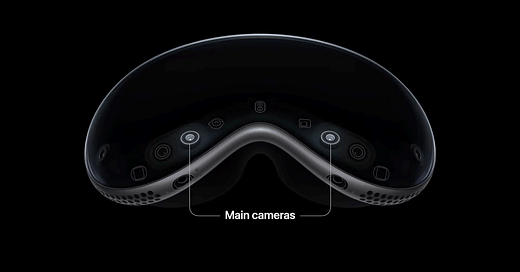


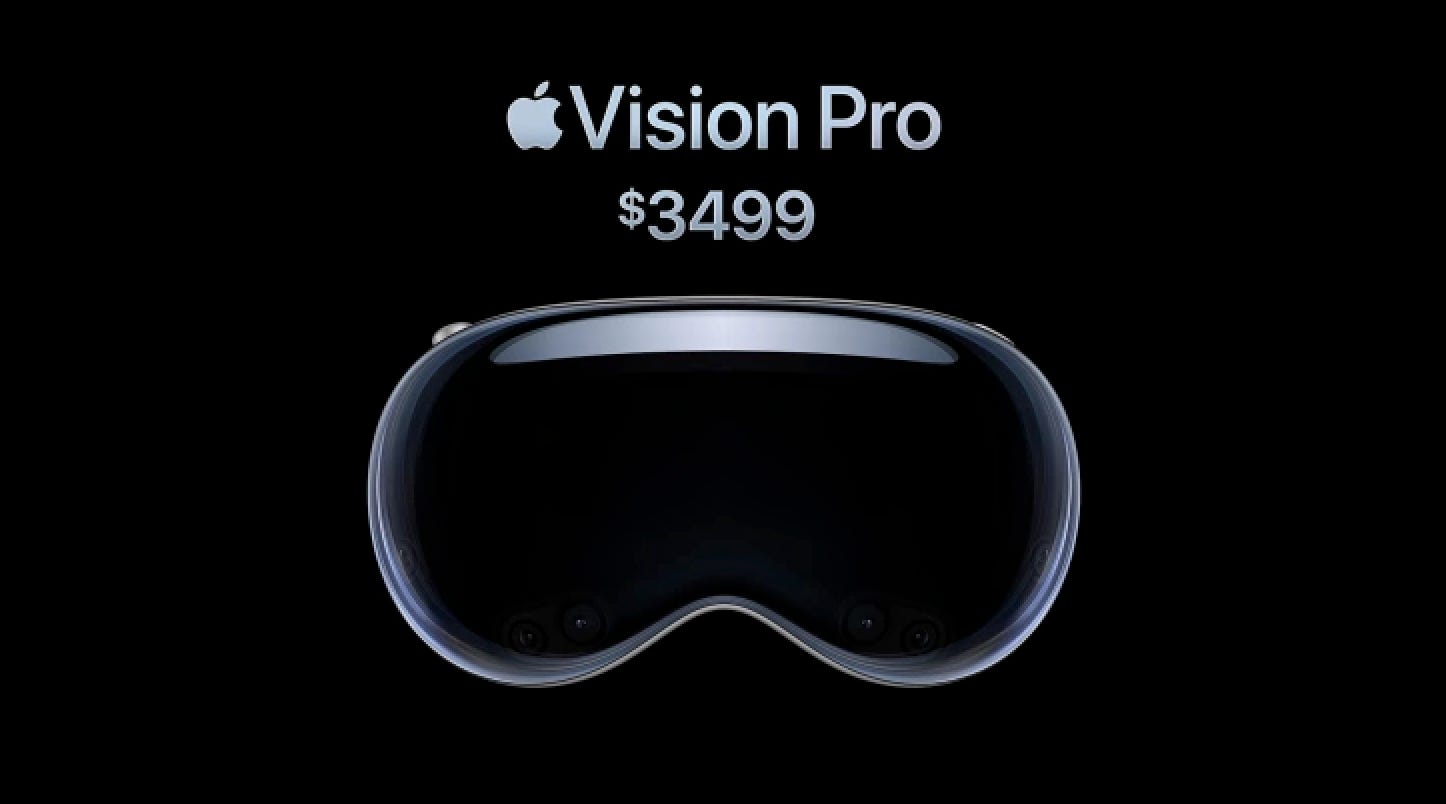
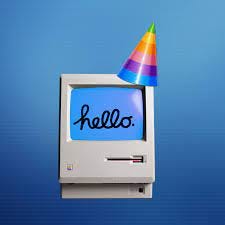

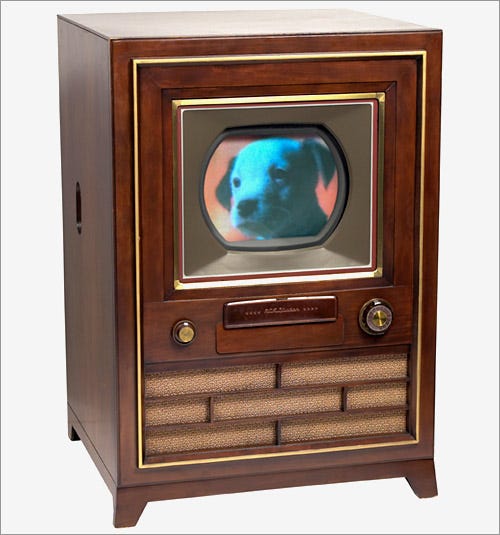

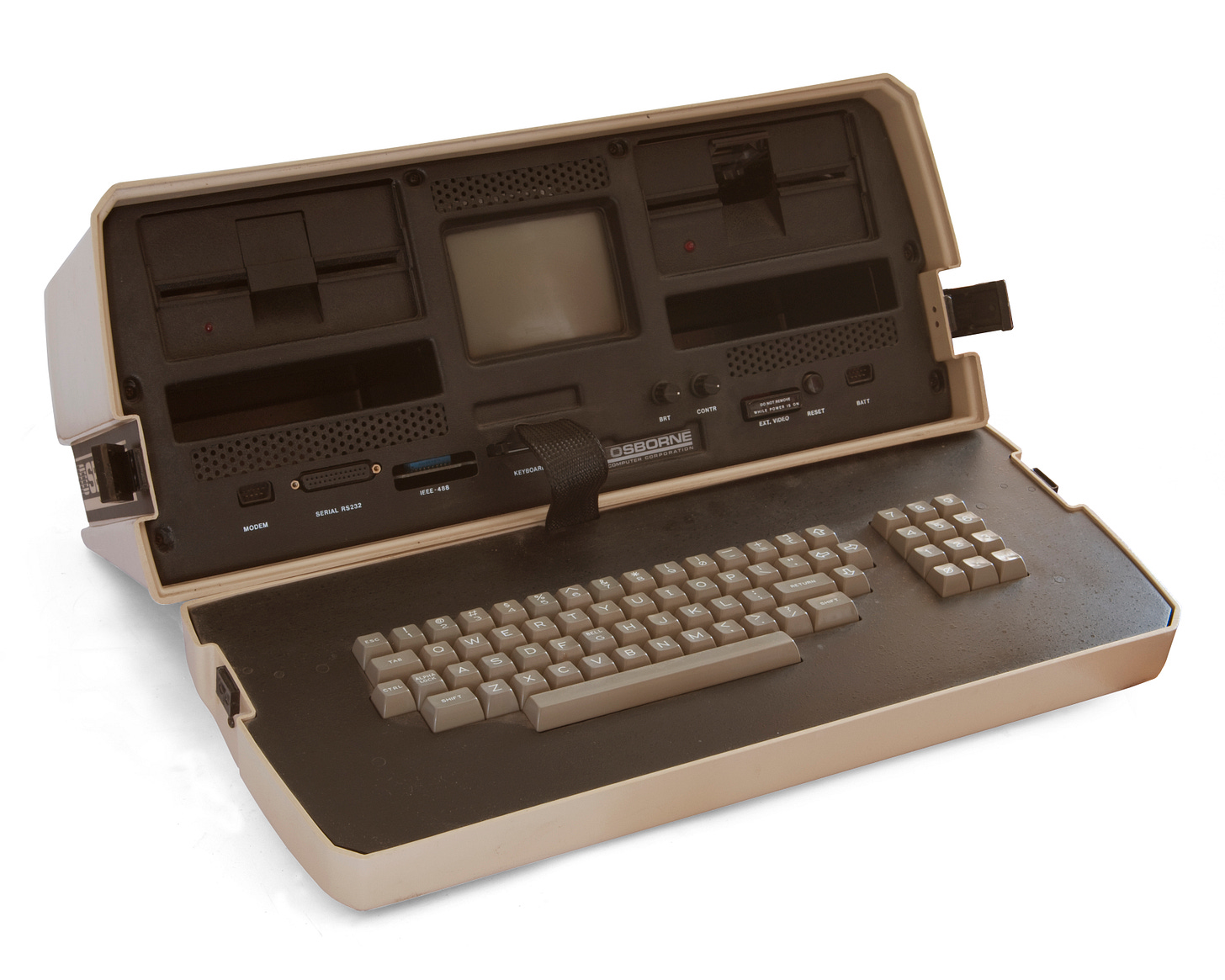
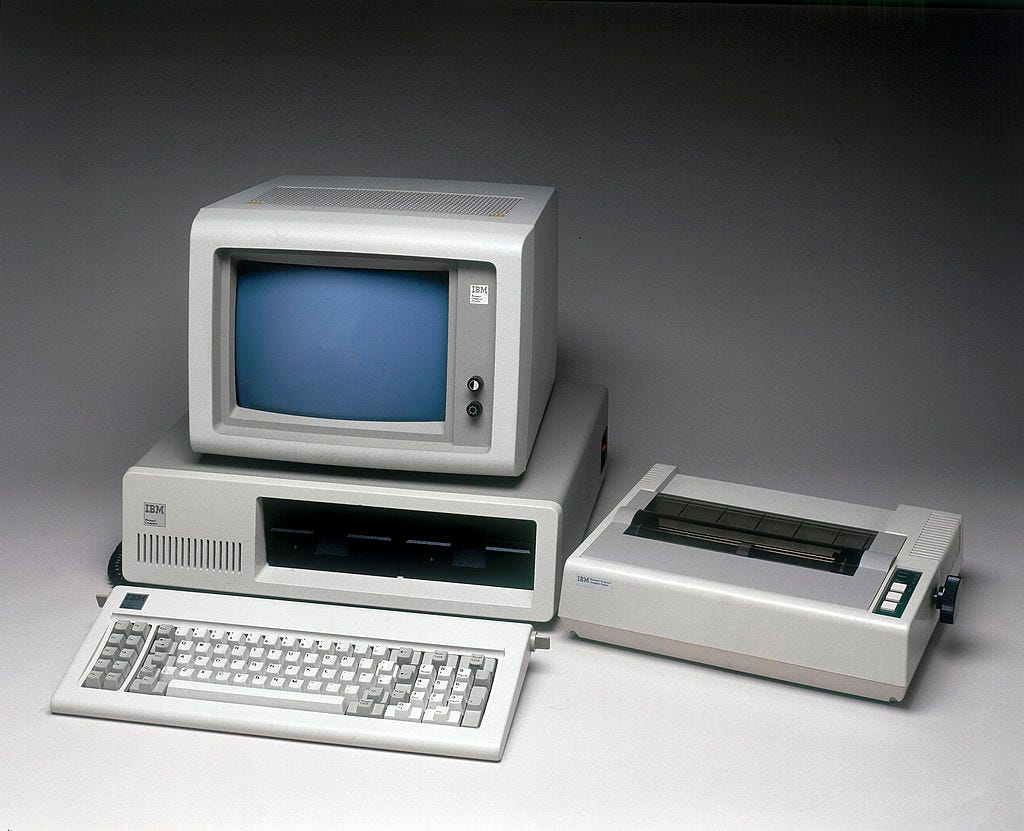
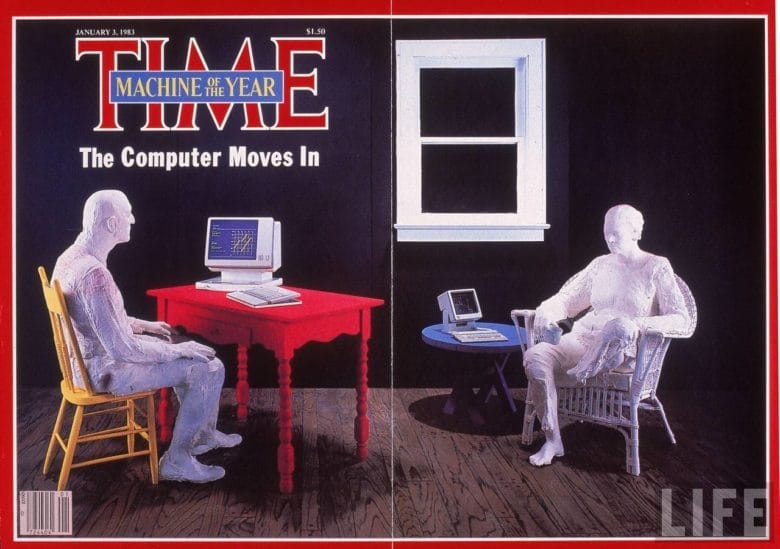
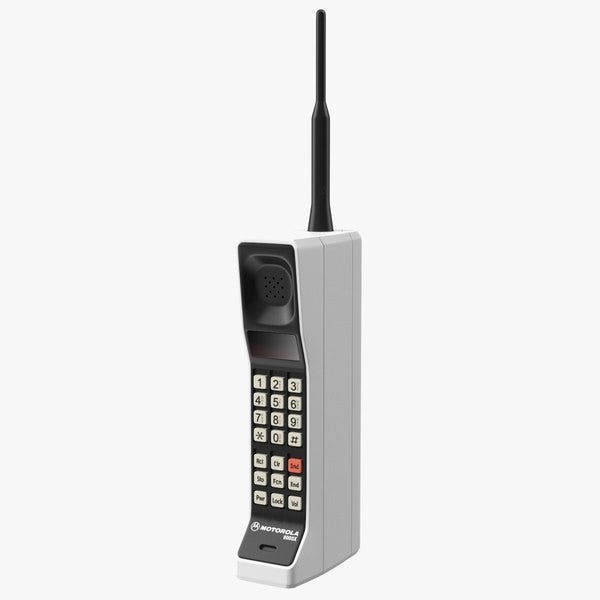
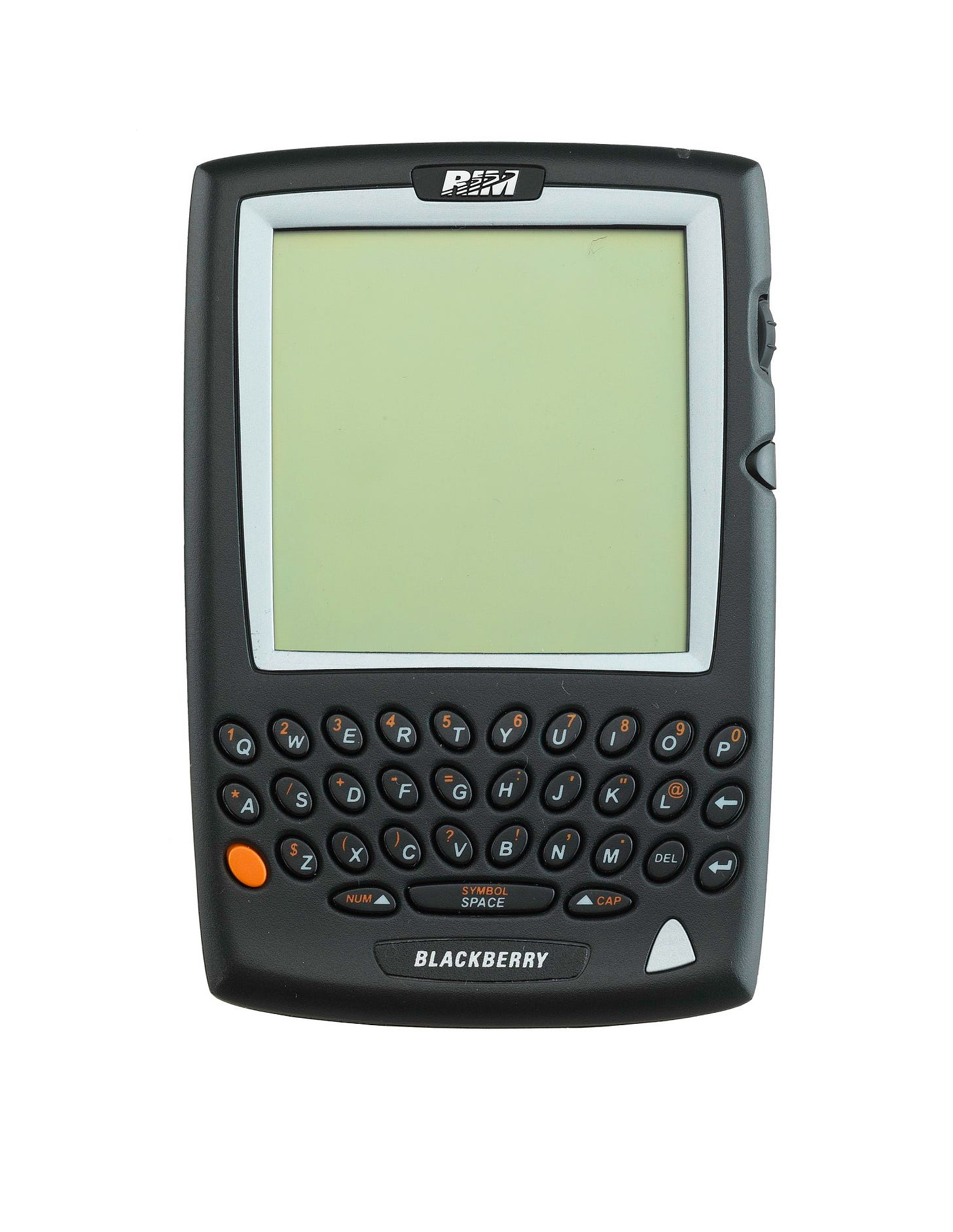
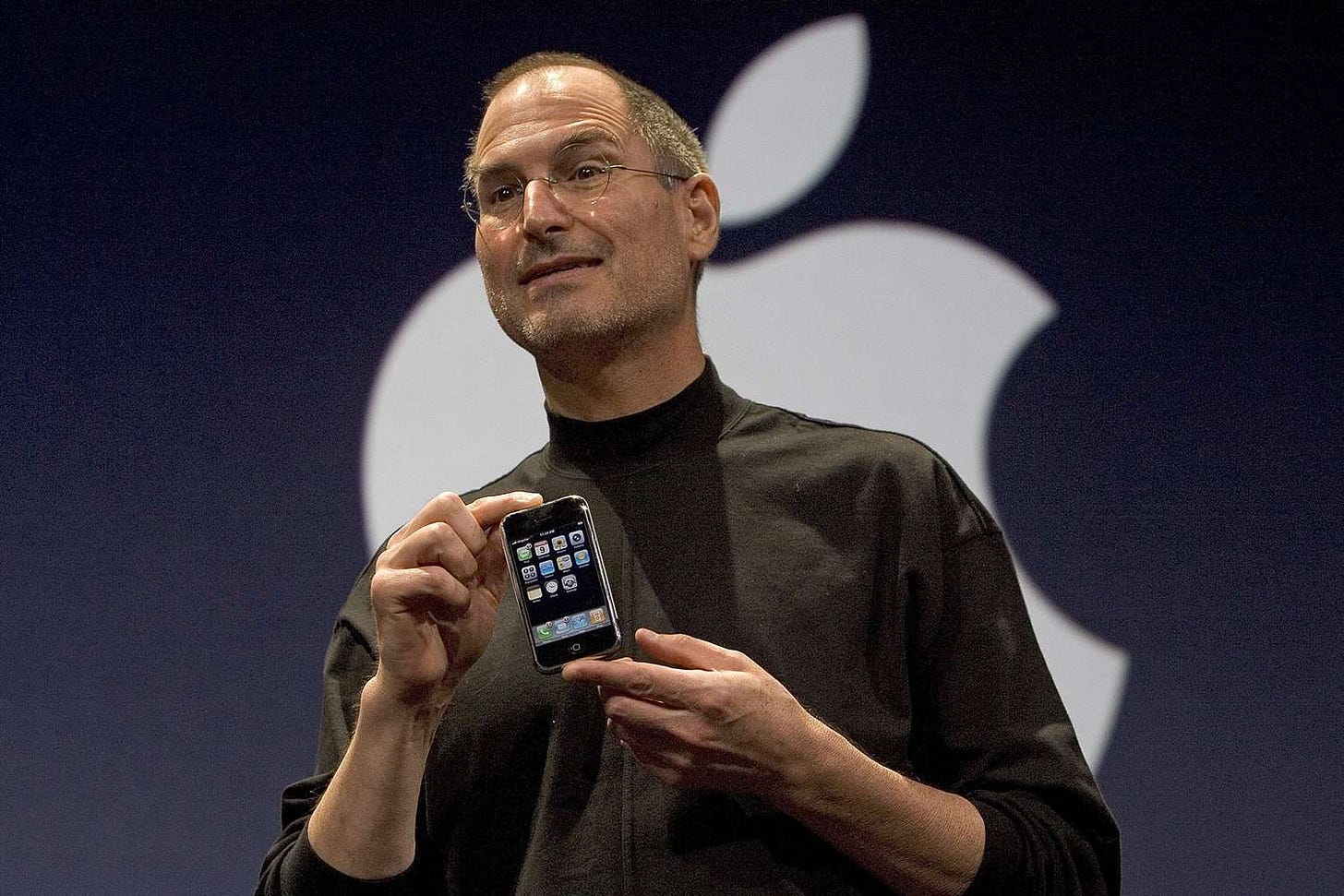
Also stunning is how much an investment in the stock of some of these companies at the price of the product at the time would be worth today. Not likely the Vision Pro will drive Apple stock like the II did, even just because of materiality but just a thought. Either purchase will be a bargain!